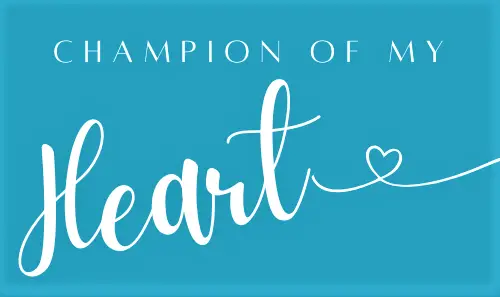Being a full-time freelance writer means working from an internal stash of motivation and drive (and lots of chocolate) because there certainly isn’t anyone popping by my home office giving me pats on the back. In fact, most of the feedback I get from day to day, week to week, is about what needs improvement. That *is* editing, after all. So, it’s not like I’m the kind of gal who needs a lot of hand-holding. Yet, early in our agility career, derision felt like the norm in training. And, it wore me down.
I’ve mentioned before going months as a very green handler without ever hearing a single word of praise for my efforts. Not one.
When I accidentally did a blind cross (where you turn your back and assume your dog is coming up behind you), I got lectured on how only “show-off” handlers did blind crosses. Newbies like me were more likely to end up with a snout right in the caboose.
Let’s be clear: I didn’t even know what a blind cross was. I couldn’t feel or see the difference between what I was asked to do and what I was really doing. Turns out, I’m spatially challenged, but that’s a story for later.
When we first learned contacts, I heard all about the la-di-da handlers who taught dogs to stop with two feet on the contact and two feet on the ground. Trust me the tone of this soliloquy was entirely negative.
(For what it’s worth, a lot of people are going away from this contact method due to shoulder injuries in dogs as a result of stopping from a full sprint down a steep slope.)
I don’t mind strong opinions, but I do mind when they are not balanced with at least a little bit of concession that others believe otherwise. Tell me opinions vary. Tell me there are debates on the topic. But don’t tell me or imply that everyone else is an idiot and you know everything.
Sorry, but the journalist, the skeptic I am, automatically thinks you are full of beans.
Happily, I got myself and Lilly out of Dodge quickly and found more supportive and constructive trainers, who can point out exactly what’s going wrong without making me feel like a chump. Even when they do laugh with me (or even at me), it’s totally fine because I’m making the kinds of mistakes that most new handlers make, and it is kind of funny.
I once tripped and landed face first, after Lilly shot out of a tunnel, and we headed for the A-frame. C’mon that’s funny. I was totally fine. It happens.
I have made friends, and there are social aspects to agility. But, I realize now that dog training can be a lonely endeavor, especially if you have a dog with any issues.
It’s hard, solitary work sometimes. It’s just me and Lilly and our collective challenges. I need better body awareness because she notices everything. She needs my support to build confidence.
I often wish I had someone to follow me around and click/treat me with chocolate for my efforts. Or, at least to say, “Good try.”



If you think about it, it doesn’t really make sense for novice handlers to learn agility on green dogs. Because neither of you really know yet what you’re doing, it makes learning it for the first time much harder.
When I first learned to ride horses, no one suggested putting me on a green horse to learn. For one thing you can get killed doing that and for another, it’s not practical for everyone to own their own horse.
But, it still makes learning agility that much harder than learning something else so don’t ever feel like you’re the only one experiencing a steep learning curve. Everyone goes through it in the beginning and every time you get a new dog or a new style of handling comes your way, it’s right back to the two of you learning together.
Hey, Margaret –
A lot of people are teaching what they call “running contacts,” where the dog just runs off without stopping.
The trick to getting them to hit the contact zone is to regulate their stride as they come down the A-Frame or whatever.
For example, we’ve trained with those foam pool “noodles” tied to the A-Frame.
To avoid stepping on them, the dogs (especially big ones) have to adjust their strides to hit the contact zone.
I suspect the theory is somewhat like teaching a dog to “collect” for a jump or turn. If you train with the noodles enough, that stride pattern becomes innate.
I’m also seeing people teach two-on, two-off, but once they are sure the dog has hit the contact zone, they give their release command and clear the dog through without stopping them.